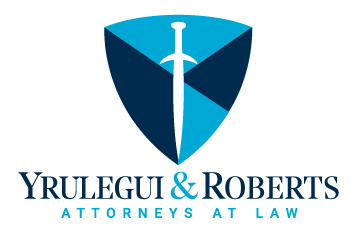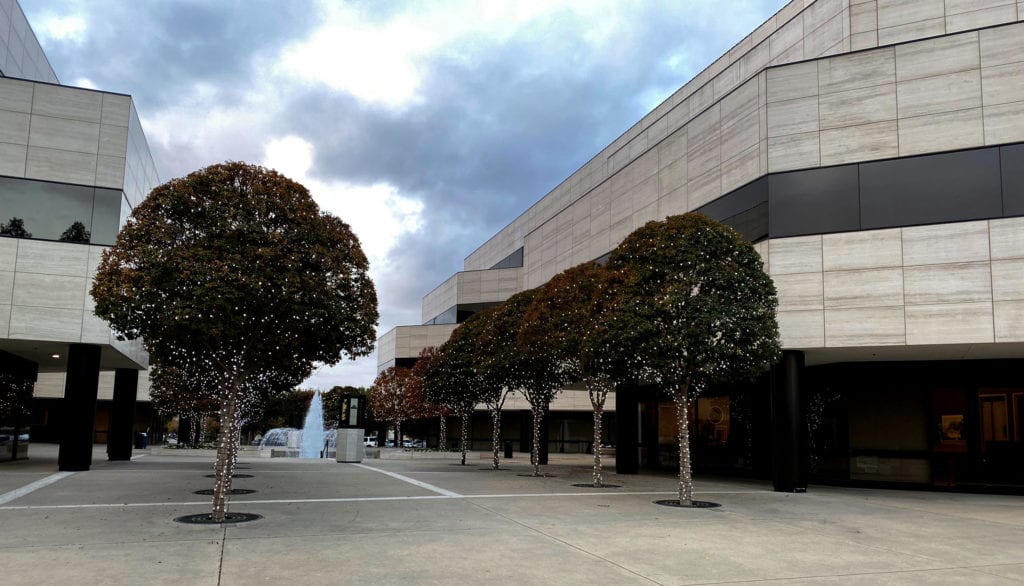WHAT TO DO IF YOU RECEIVE A SPECIAL NOTICE OF LAWSUIT
A Special Notice of Lawsuit is often your first notice that someone is claiming they were your employee and were hurt on the job. Normally, you will not just receive this document in the mail, but will be handed the form, in person, along with other documents by a process server. The Special Notice of Lawsuit is a form dictated by the State of California, Department of Industrial Relations as the way an alleged employee is to officially notify you of a claim of injury by that employee. You might have initially received notice by mail with an Application for Adjudication of Claim and a Workers’ Compensation Claim Form (DWC-1).
The Special Notice of Lawsuit (SNOL) is only used when the injured worker or their attorney believe that you do not have workers’ compensation insurance to cover the injury. The SNOL is a step needed before the injured worker can join the Uninsured Employers Benefits Trust Fund (UEBTF) as a party to the case. A copy of a blank Special Notice of Lawsuit (one-page form plus proof of service) and an Application for Adjudication of Claim (five-page form) are below for your reference (as they exist in 2020).
The UEBTF pays benefits to applicants whose employers are uninsured. The UEBTF then takes steps to recover their payments from the uninsured employer. They can file liens against property owned by the uninsured employer and normal corporate protections do not prohibit them recovering against significant shareholders.
All of the above means that you should not ever ignore a Special Notice of Lawsuit. There are several initial steps you should take when receiving the SNOL.
Review the form closely and note anything you believe is not accurate. This information should be reviewed so that you will have a plan for discussing the issues with an attorney. The SNOL itself indicates you “may” consult with an attorney and also states you should do so promptly. There is no benefit to waiting to see what happens. The following is information you should review for accuracy.
- “Applicant”
is the person who alleges they were your employee and were injured.
- “Defendant” is the name of the person or business where applicant claims they were working when injured.
- The date the applicant alleges they were injured will be listed on the Application for Adjudication of Claim, which should have been served with the SNOL.
When you meet with an attorney, they are going to discuss with you the filing of an Answer to the Application for Adjudication of Claim. In conjunction with that they are going to investigate whether or not there is any insurance policy that the claim can be turned over to. If the applicant was working at your home when allegedly injured, your homeowner’s policy might provide coverage. You will also talk about whether there is any other entity or person who could be considered applicant’s employer at the time of injury.
People sometimes think the following are reasons to ignore the SNOL; they are not.
- The
name of the applicant is not one you recognize as an employee.
- The business named as defendant is “wrong”.
- The business named is now closed or shut down.
- You
personally believe the applicant was an independent contractor, not an
employee.
- This is a legal conclusion and your opinion on that issue is not binding on the Workers’ Compensation Appeals Board (WCAB).
- You
have a document signed by an applicant agreeing they are an independent
contractor.
- See above. Even a written document indicating the applicant is an independent contractor, signed by the applicant, is not binding on the WCAB.
- You previously
negotiated an informal settlement agreement with the injured worker and believe
the claim has been settled.
- Such an agreement is not binding upon the WCAB and will not prevent the claim from being prosecuted.
The above are issues you should raise when meeting with an attorney since under the right set of facts they can be argued as defenses, but they are never a reason to ignore the Special Notice of Lawsuit.
In short, if you receive a Special Notice of Lawsuit you should promptly seek the advice of a qualified attorney who can help you prepare to defend the claim based on the facts of your specific case. The blank copy of a Special Notice of Lawsuit and the Application for Adjudication of Claim are included below for your reference. The documents below are in use in February 2020 and are subject to change at any point after that.
The information contained in this article is provided for informational purposes only and should not be construed as legal advice on any subject matter.
You should not act, or refrain from acting, based on any content included in this article without seeking legal or other professional advice. The contents of this article contain general information and may not reflect current legal developments or address your situation. We disclaim all liability for actions you take or fail to take based on any content in this article.
The operation of this site does not create an attorney-client relationship between you and Yrulegui & Roberts. Any information sent to us via email or through this site is not secure and will not be treated as confidential.
Special Notice of Lawsuit Form Download

